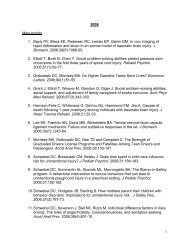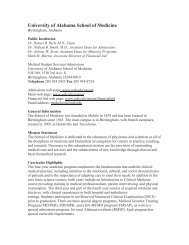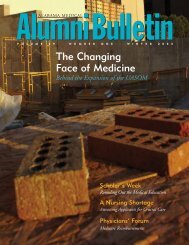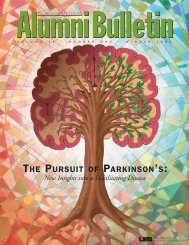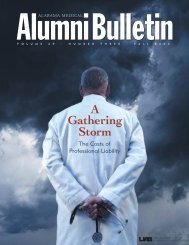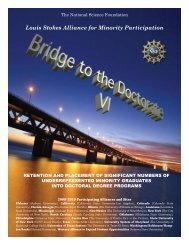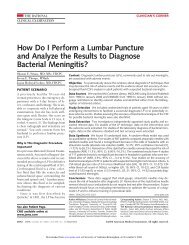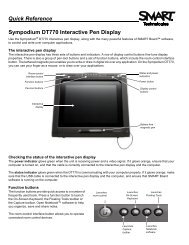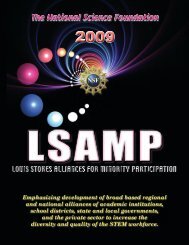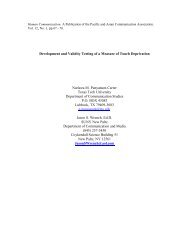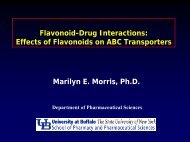Santosh K. Katiyar, Ph.D. - University of Alabama at Birmingham
Santosh K. Katiyar, Ph.D. - University of Alabama at Birmingham
Santosh K. Katiyar, Ph.D. - University of Alabama at Birmingham
You also want an ePaper? Increase the reach of your titles
YUMPU automatically turns print PDFs into web optimized ePapers that Google loves.
UV Radi<strong>at</strong>ion and Facts<br />
• Although several environmental, genetic and dietary<br />
factors contribute to the development <strong>of</strong> skin cancers,<br />
the most important is the chronic exposure to solar UV<br />
radi<strong>at</strong>ion.<br />
• Epidemiological, clinical and experimental biological<br />
studies have shown th<strong>at</strong> solar UV radi<strong>at</strong>ion is the major<br />
etiologic agent in skin cancer development.<br />
• UV radi<strong>at</strong>ion, particularly UVB (290-320 nm) spectrum,<br />
acts as a tumor initi<strong>at</strong>or, tumor promoter as well as a<br />
complete carcinogen.<br />
• UV irradi<strong>at</strong>ion to skin gener<strong>at</strong>es inflamm<strong>at</strong>ory responses,<br />
oxid<strong>at</strong>ive stress, immune suppression and DNA damage<br />
etc.. These factors contribute to various skin disorders<br />
including high risk <strong>of</strong> skin cancer incidence.



